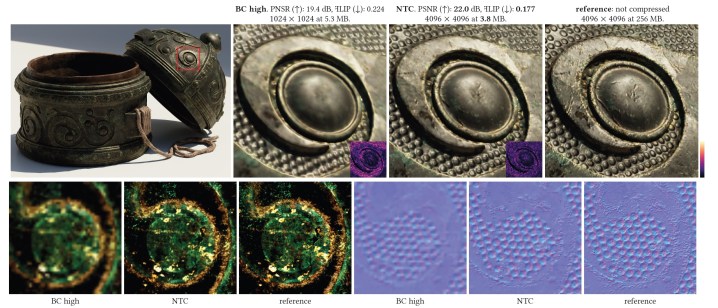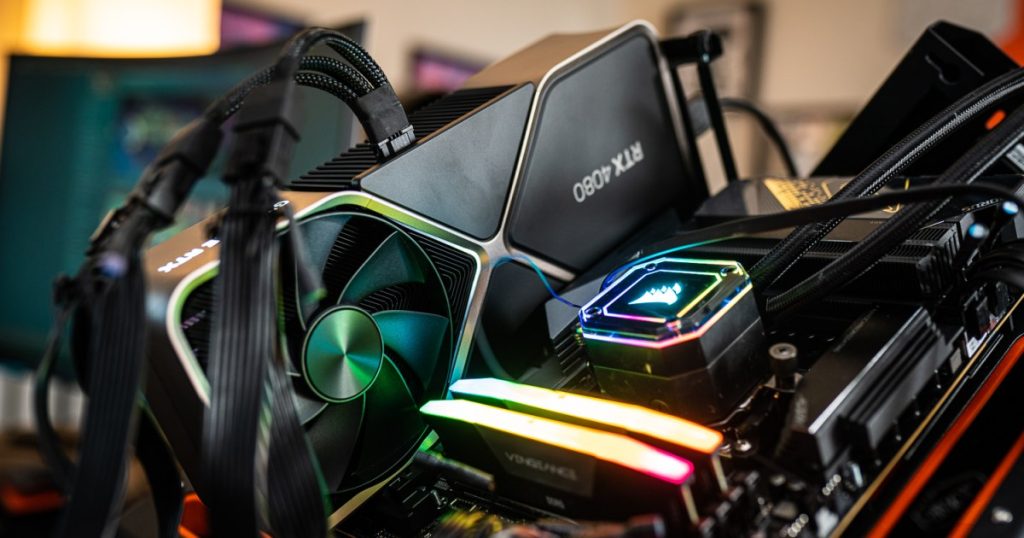Graphics cards today are not just about raw performance, but also about the features they offer. Nvidia’s DLSS and AMD’s FSR are key features shaping the future of graphics cards. Looking ahead to the next generation, a new technology called neural texture compression is set to make a big impact in PC gaming.
Texture Compression and its Evolution

Texture compression is essential for optimizing memory and storage usage in games. However, with the demand for more detailed textures in modern games, the current compression methods are becoming a bottleneck. This is where neural texture compression comes into play.
Block compression, the current standard, has its limitations in handling the increasing texture sizes. Neural texture compression, as explored by companies like Nvidia and AMD, aims to utilize AI to decompress textures in real-time with minimal performance impact.

Neural texture compression holds the promise of enhancing texture quality while reducing the memory footprint, providing game developers with more flexibility in creating immersive worlds.
The Future of Graphics: Neural Compression

Companies like Nvidia and AMD are investing in neural texture compression technologies that promise to revolutionize the way textures are handled in games. By leveraging AI for efficient texture decompression, these technologies are poised to reshape the gaming landscape.
Embracing the Neural Revolution

As the industry moves towards neural-driven technologies, the potential of neural texture compression in reshaping game graphics is becoming increasingly apparent. The forthcoming generation of graphics cards is likely to be defined by advancements in AI-driven rendering techniques.



